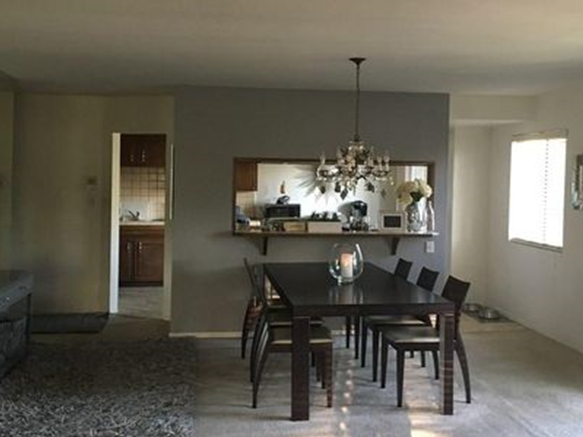mpgt_aero
Aerospace
- Jan 6, 2016
- 5
Hi Folks,
I'm an aerospace engineer, and I was hoping to get some input from my structural brethren. I am on the HOA board of my condominium building. It's a 2 story wood frame building. An owner on the 2nd floor removed an internal wall without approval from the board back in November. We pushed back on them, and it looks like they just had it inspected by a structural engineer (current licensed PE). The engineer's report was light on detail, and it obviously came after the wall was removed. I just want to run it by knowledgeable folks and see if it passes a smell test.
The report states: "A job site visit was conducted at ------ in regards to a wall that has been removed. Based on visual inspection, the wall is neither a vertical load bearing wall nor a lateral resisting shear wall. It was observed that the wall is running parallel to the direction of the framing, which precludes the wall from being a bearing wall. The top of the wall is not tied to the roof diaphragm, which precludes it from being a shear wall. It is the office's opinion based on the field observation, the wall that was removed does not affect the structural integrity of the building."
If you want any additional details, just let me know. I really appreciate your input.
I'm an aerospace engineer, and I was hoping to get some input from my structural brethren. I am on the HOA board of my condominium building. It's a 2 story wood frame building. An owner on the 2nd floor removed an internal wall without approval from the board back in November. We pushed back on them, and it looks like they just had it inspected by a structural engineer (current licensed PE). The engineer's report was light on detail, and it obviously came after the wall was removed. I just want to run it by knowledgeable folks and see if it passes a smell test.
The report states: "A job site visit was conducted at ------ in regards to a wall that has been removed. Based on visual inspection, the wall is neither a vertical load bearing wall nor a lateral resisting shear wall. It was observed that the wall is running parallel to the direction of the framing, which precludes the wall from being a bearing wall. The top of the wall is not tied to the roof diaphragm, which precludes it from being a shear wall. It is the office's opinion based on the field observation, the wall that was removed does not affect the structural integrity of the building."
If you want any additional details, just let me know. I really appreciate your input.


